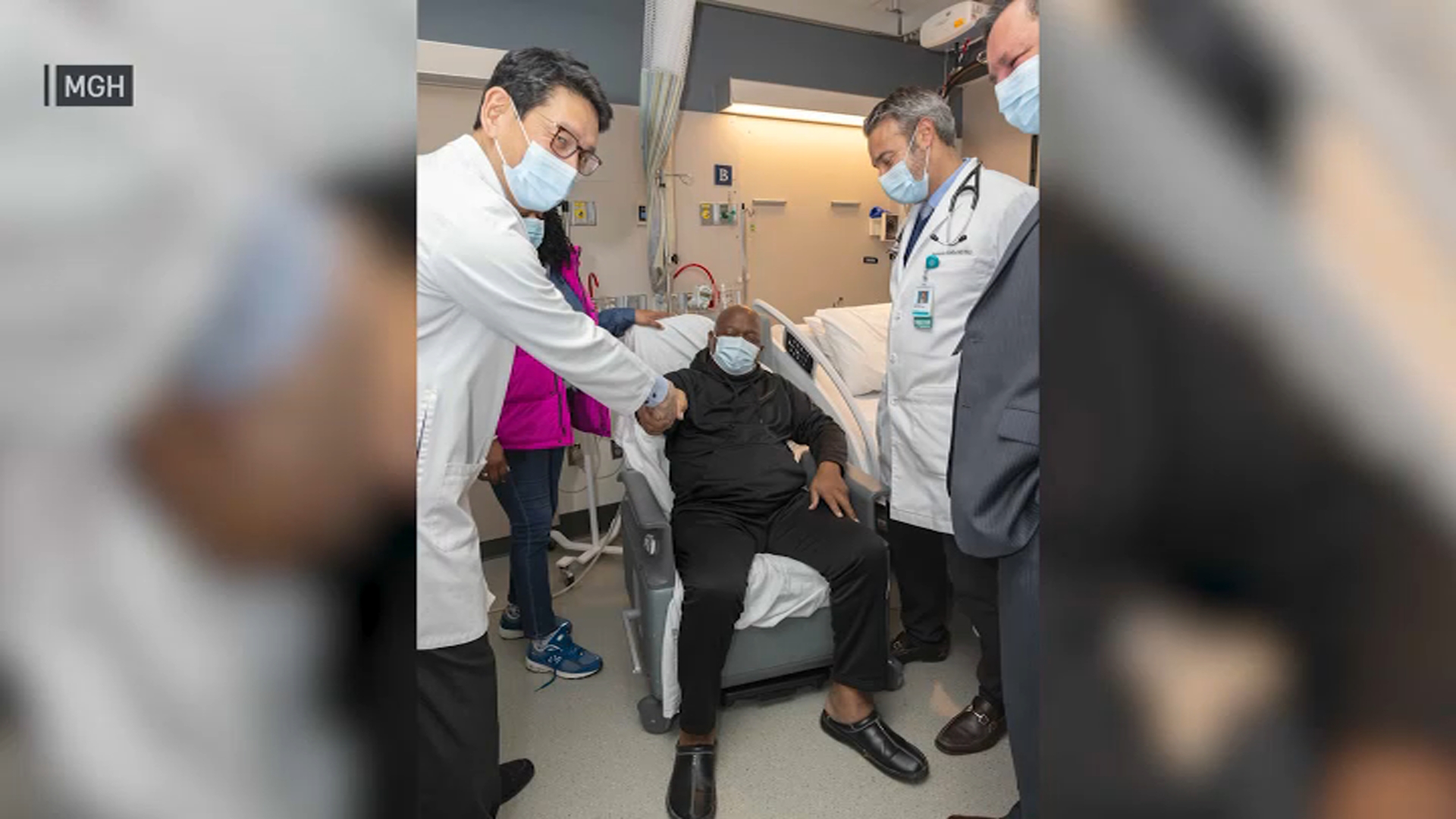
The 22-year-old accused of carrying out the deadly mass shooting at a gay nightclub in Colorado Springs in November ran a neo-Nazi website and used gay and racial slurs while gaming online, a police detective testified Wednesday.
Anderson Lee Aldrich also posted an image of a rifle scope trained on a gay pride parade and used a bigoted slur when referring to someone who was gay, Detective Rebecca Joines testified at the start of a three-day hearing to determine if there’s enough evidence to warrant a hate crime charge against Aldrich in the Nov. 19 attack.
Aldrich, who identifies as nonbinary and uses the pronouns they and them, administered the obscure website that included what Joines described as a “neo-Nazi white supremacist” shooting training video glorifying mass shootings.
The video, which she said was not created by Aldrich and has been posted online by many others too, featured attacks on synagogues and mosques in Europe and the 2019 shooting at two mosques in Christchurch, New Zealand. Joines said she believes Aldrich was trying to emulate those attacks in the Colorado Springs shooting.
Get a weekly recap of the latest San Francisco Bay Area housing news. Sign up for NBC Bay Area’s Housing Deconstructed newsletter.
Investigators also heard from an acquaintance that Aldrich said their mother, Laura Voepel, is nonbinary and forced them to go to LGBTQ clubs, Joines said.
Unlike the other charges Aldrich faces, including murder and attempted murder, hate crime charges require prosecutors to present evidence of a motive — that Aldrich was driven by bias, either wholly or in part.
The defense countered that Aldrich was not anti-LGBTQ, but was high on multiple drugs, was sleep deprived and came from an abusive family. Joines discussed police calls to the apartment that Aldrich and Laura Voepel shared for Voepel’s suicide attempt and overdose. During one call, Aldrich indicated feeling unsafe in the apartment, Joines acknowledged.
U.S. & World
Joines said that while identification scanning technology showed Aldrich had been to the club at least six times before the shooting, there were no fights or disturbances during those visits, which each lasted just a few minutes. The defense even showed a photo that appeared to be a selfie of Aldrich and Voepel smiling at Club Q in August 2021.
On the night of the shooting, according to authorities, Aldrich went to the club, left and then returned. Surveillance video showed Aldrich entering the club wearing a red T-shirt and tan ballistic vest while holding an AR-style rifle, with six magazines for the weapon and a pistol visible, police Detective Jason Gasper said. Soon after entering, Aldrich allegedly opened fire indiscriminately.
The shooting was stopped when Navy information systems technician Thomas James grabbed the barrel of Aldrich’s rifle, burning his hand it was so hot, Detective Ashton Gardner said in the most detailed account provided yet.
As panicked patrons fled from the dance floor at Club Q, James tumbled off a landing with Aldrich and struggled with Aldrich over a handgun. Aldrich fired at least once, shooting James in the ribs, Gardner said.
After being shot, it is clear from the video that James was tiring, “but he continues to do what he can to subdue the suspect until police arrive,” Gardner testified, noting that James later gave up his spot in an ambulance to someone else who was injured.
As the two grappled, Army veteran Richard Fierro rushed over to help, grabbing the rifle and throwing it, Gardner said. Fierro then used the handgun to beat Aldrich, telling officers later that he “kept hitting” the suspect until they arrived.
Aldrich, who wore an orange jumpsuit, shook during the testimony about the people shot and cried while being led out of court for the lunch break.
James, who issued a statement days after the attack saying he “simply wanted to save the family that I found,” didn’t appear to be at Wednesday’s hearing. Fierro, who sustained scrapes and bruises, sat in the back row. His daughter’s boyfriend was killed in the attack.
Joines, the detective, said evidence also indicates that Aldrich was considering livestreaming the attack. A hat found in Aldrich’s vehicle had a phone taped to it.
After the gunfire ended and police arrived, Aldrich tried to blame the shooting on one of the patrons who subdued them while also claiming that the shooter was hiding, Officer Connor Wallick testified. Officers didn’t believe it and shortly afterward confirmed that Aldrich was the shooter, he said.
Police found several high-capacity magazines at the scene, including a drum-style one that holds 60 rounds and was empty, and others that hold 40 rounds, Gasper said. A state law passed after the 2012 Aurora, Colorado, theater shooting bans magazines of more than 15 rounds.
Although Aldrich identifies as nonbinary, someone who is a member of a protected group such as the LGBTQ community can still be charged with a hate crime for targeting peers. Hate crime laws are focused on the victims, not the perpetrator.
Prosecutors usually win preliminary hearings since the standard of proof is lower than at trial and the evidence must be viewed in a light most favorable to them. But defense lawyers sometimes still want to proceed with preliminary hearings because they offer the chance to question witnesses under oath, including investigators, and to learn more about the government’s case than might be available in the reports that likely have already been turned over to them, said Karen Steinhauser, a trial lawyer, former prosecutor and law professor at the University of Denver.
At Aldrich’s apartment, investigators found gun-making materials, receipts for weapons and a drawing of the club. In Aldrich’s mother’s room, they found round gun range targets with holes in them, Gasper said. Voepel had taken Aldrich to the gun range.
Questions remain about how Aldrich got the gun or guns used in the shooting, but experts say how and where Aldrich obtained them doesn’t have to be discussed in order to persuade the judge to rule that there’s enough evidence to take the case to trial.
Questions were raised early on about whether authorities should have sought a red flag order to stop Aldrich from buying guns after Aldrich was arrested in 2021, when they threatened their grandparents and vowed to become the “next mass killer,” according to law enforcement documents.
Authorities said two guns seized from Aldrich in that case — a ghost gun pistol and an MM 15 rifle — weren’t returned. That case was dropped, in part because prosecutors couldn’t track down Aldrich’s grandparents and mother to testify, so Aldrich had no legal restrictions on buying guns.
Defense attorneys also brought up Aldrich’s mental health for the first time at the hearing, showing photographs of pill bottles for drugs that Aldrich had been prescribed to treat mental illness, such as schizophrenia, bipolar disorder and PTSD. But the defense didn’t say if Aldrich had been formally diagnosed with any of those mental illnesses.
___



